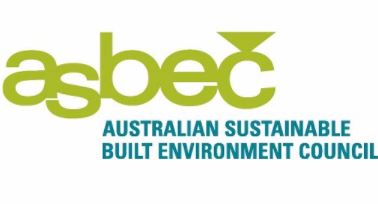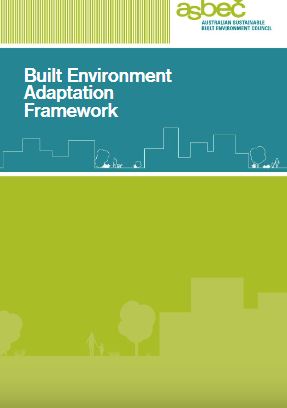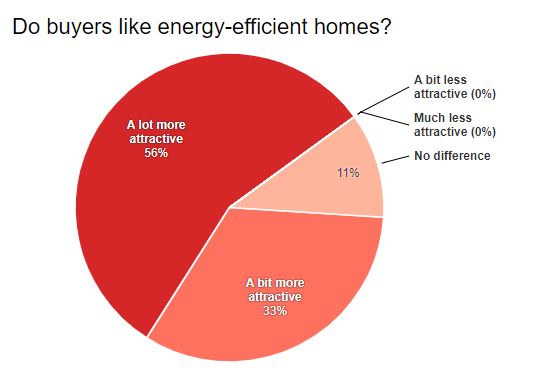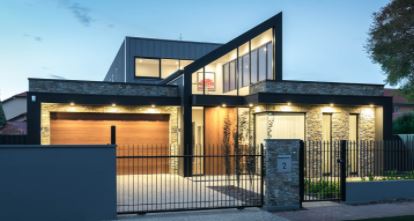
If you have ever bought a house, you will know that the sale of a house will not tell you the heating, cooling, and electricity costs for the house every day and every month.
The Australian Sustainable Built Environment Council (ASBEC) 2016 called for the establishment of a unified national household sustainability rating system. It was followed by the National Energy Productivity Plan of the COAG Energy Committee in December of the same year.
Both documents point to the need to improve the availability of energy efficiency information for home buyers. Not only can it help them determine a more efficient house, but it can also affect how much they are willing to pay. The idea of requiring sellers to disclose the energy efficiency of houses has been around for a long time. This has been a requirement of ACT since 2003, and we briefly saw a way of disclosure in Queensland.
But how effective is the national plan? And how to present information in a way that has a real impact on buyers?

How much public support?

So far, almost all studies have shown that better energy performance is related to the increase in property value. ABS research on the ACT program shows that for a mid-priced house, raising its energy rating by half a star can increase its value by about 1.2%.
Focus groups and surveys conducted by the Low Carbon Living Cooperative Research Center show that the vast majority of consumers support public energy performance, and most people are willing to pay for this information.
When asking prospective home buyers (from an extensive list) to choose factors to consider when buying a house, factors related to energy efficiency are key considerations. The most important thing is that the house should be a “comfortable residence.” Of course, comfort is subjective and much wider than temperature, as shown in the word cloud derived from our focus group research below.
Nevertheless, many of the strong connections that people use the word “comfort” to establish are consistent with the characteristics of energy-efficient houses. Regardless of the attitude towards the environment, people have a strong resonance with this idea: the house is naturally warm in winter, cool in summer, well ventilated, and natural light. Although there is often a lack of generic terms to express these concepts, experienced buyers (rather than first-time home buyers) are more likely to seek information about comfort. The advent of TV home improvement programs may have made inexperienced buyers conditionally value aesthetics rather than function.
If thermal comfort is important to people, it is best to communicate this information to potential buyers in a simple, verifiable and transparent way. When inspecting the house at noon in the warmest spring, buyers know little about the comfort of the house at the most important time (summer afternoon and winter morning). A simple energy efficiency rating can provide useful guidance.

Interest the public
Of course, this information will be useless unless it makes sense to the buyer. In a previous ABC broadcast report, an ACT real estate agent claimed that buyers never asked about the disclosed energy efficiency rating, which is surprising because ACT buyers paid higher prices for higher-rated houses.
This raises the question of whether the increased real estate value comes directly from the published energy rating, or whether it is related to the quality of the relevant house design, or whether energy efficiency is self-evident to some extent.
The researchers’ focus group study highlights the strong recognition and interest in tangible energy-saving features such as insulation and solar panels. This shows that the traditional real estate industry’s practice of determining and selling the ideal characteristics of houses is essential for making energy rating programs work in practice. In order to test this idea, we made some simulated real estate advertisements for a variety of different houses: an energy-saving house called “EnergyFit Home”; a house with additional non-energy-saving features (identified by the interviewee), called “Features Home”; the last is the control house without other details.
Then, the respondents were asked to evaluate the expected value of the house, the willingness to buy, and the possibility of visiting the house in response to the advertisement. The survey found that EnergyFit Home and Feature Home are significantly more attractive than control rooms, and (although there are) assumed market capitalization has increased significantly. Potential buyers have responded well to a range of alternative label designs, but when the labels are used in combination with descriptive text, the effect is better, which embeds energy-efficient design elements into more traditional aspects of comfort, lifestyle and personal identity Among the selling points.

Layered approach

Unfortunately, the benefits of many energy-saving solutions depend on the house, climate zone and other factors. Therefore, there can be no one-size-fits-all way to disclose this information. A big question is the technicality of information: should it be simple but less informative, or more detailed and technical? The answer is predictable, it depends on it.
ASBEC’s new policy recommendations suggest a three-tier approach, which includes technical information for the construction industry; rating information so that consumers can compare houses with best practices; and the media and real estate industries can use simpler language to quickly communicate real estate Function value.
Excitingly, the survey found that renovators are highly motivated and want to control their renovation work. Although simple scoring and communication tools may be important for the first conversation, once they participate, they are willing to invest a lot of time and resources to make personal choices for their family and lifestyle. We can expect dedicated renovators to explore all three levels of information resources.
So, will household energy efficiency be the proverbial stopper of the barbecue conversation? Hope not. With the right information, in the right form, it can help buyers find better quality houses. Maybe one day, your stellar energy level will beat the stylish kitchen desktop.

